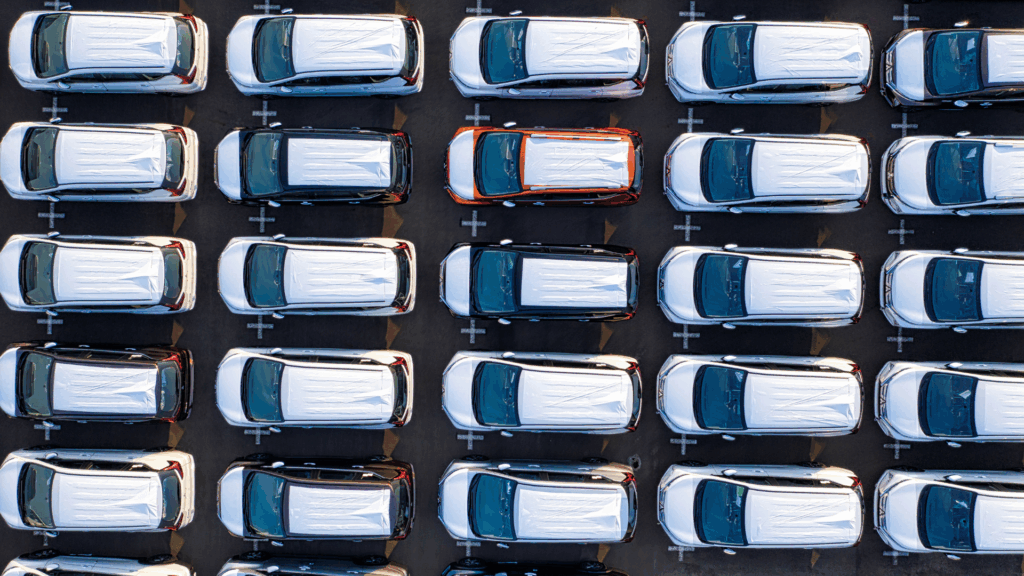Beyond the Dashcam: The Future of Fleet Insurance
For years, dashcams were simply a tool to capture video after an accident – useful for resolving disputes but limited in scope. Today, a new generation of in-cab dual cameras is reshaping how fleets operate and how insurers evaluate risk. The shift is clear: the dashcam is no longer just about recording what happened, but about preventing what could happen.
From Recording to Prevention
Traditional dashcams worked like a witness – silent until something went wrong. Modern in-cab systems, powered by AI and telematics, are much more active. They monitor both the road and the driver, identifying risky behavior such as distraction, fatigue, or speeding, and providing instant alerts to help drivers self-correct in real time.
This transformation from reactive to proactive technology has turned video systems into vital safety tools. Fleets can now intervene before incidents occur, leading to fewer accidents, less downtime, and lower costs.
Changing the Insurance Equation
For insurers, one of the biggest challenges has always been visibility. How do you assess risk across hundreds or thousands of drivers without being in the vehicle? In-cab camera data provides that missing transparency. Instead of relying solely on historical claims, mileage, or driver records, insurers can now use behavior-based insights to set premiums that reflect real driving patterns.
This shift is changing the insurance conversation in several ways:
- Data-backed premiums – Safer fleets can now prove their performance with measurable data, helping justify lower insurance rates.
- Fraud reduction – Video evidence limits false claims and speeds up investigations.
- Collaborative prevention – Insurers and fleets can work together to identify trends and implement corrective actions before accidents happen.
The result is a more accurate, cooperative approach to risk management – one where safety and accountability benefit everyone involved.

Coaching in Real Time
Driver coaching has always been central to fleet safety programs, but it traditionally relied on reviewing footage days after an incident. That lag limited its impact. Modern dual-camera systems now enable immediate feedback. When a driver glances at a phone, forgets to wear a seatbelt, or shows signs of fatigue, the system delivers an instant alert. This moment-to-moment awareness helps drivers self-correct while the behavior is still fresh.
Fleets adopting this approach are seeing measurable improvements: fewer risky events, fewer preventable accidents, and lower operational costs. The key is timing – feedback delivered in real time is far more effective than delayed reviews.
Faster and Fairer Claims
Accidents are costly in more ways than one. Beyond repairs and downtime, the claims process itself can drag on for weeks. With clear, verifiable footage from both inside and outside the cab, that process changes entirely.
Dual-camera systems give insurers and fleet managers immediate clarity – what happened on the road, how the driver reacted, and whether any external factors contributed. Disputes are minimized, investigations move faster, and claims are settled more fairly.
According to the NHTSA, over 90% of road accidents involve human error. Technologies that help reduce driver distraction or fatigue directly address this root cause, which is why insurers are so interested in in-cab visibility.
Privacy and Trust
While the benefits of in-cab cameras are significant, privacy remains an essential consideration. Fleets must ensure that safety does not come at the expense of driver trust. The best systems now include features like automatic blurring, blackout modes when the vehicle is parked, and data access controls. Some record no audio at all, ensuring that drivers’ conversations and personal moments remain private.
When drivers trust that the technology is designed for their protection — not surveillance — adoption rates and safety outcomes both improve dramatically.
Turning Data Into Insight
The value of modern dual in-cab systems extends beyond safety and insurance. The data they generate provides actionable insights for fleet managers:
- Patterns of speeding, harsh braking, or mobile phone use
- Individual driver performance scores
- Trends that reveal where additional training or policy changes may be needed
Over time, this data builds a comprehensive picture of fleet performance. Managers can track improvements, pinpoint risks, and make smarter operational decisions.

Why Insurers Are Paying Attention
As insurers look for ways to balance profitability with customer retention, they are increasingly embracing technology-driven models. AI and telematics data provide them with something they’ve never had before – objective, continuous visibility into driving behavior.
This evolution allows insurers to move from reactive loss assessment to proactive risk prevention. Fleets that demonstrate lower risk can earn tangible financial benefits, while insurers gain more predictable claims patterns. It’s a win-win model that rewards accountability and transparency.
A New Standard for Fleet Safety
The combination of AI, telematics, and video is redefining what it means to operate a safe fleet. In-cab dual-camera systems are becoming the new standard, not only for safety-conscious fleets but for insurers seeking more accurate risk models.
Fleets that adopt these technologies early gain a competitive advantage: lower insurance costs, fewer accidents, and a stronger reputation for safety. Those that wait risk being left behind in an industry quickly moving toward data-driven accountability.
Where VuDrive Fits In
Among the solutions leading this shift is VuDrive. VuDrive combines dual-camera AI with real-time driver monitoring, in-cab alerts, and cloud-based analytics – creating a connected safety ecosystem for fleets, managers, and insurers alike.
Fleets using VuDrive report fewer accidents, better driver behavior, and faster claims resolution. And for insurers, the platform’s transparent risk dashboards offer a clearer, data-backed way to evaluate and reward safe driving.
It’s an example of how modern technology is transforming road safety – not by recording what happened, but by helping prevent it in the first place.

